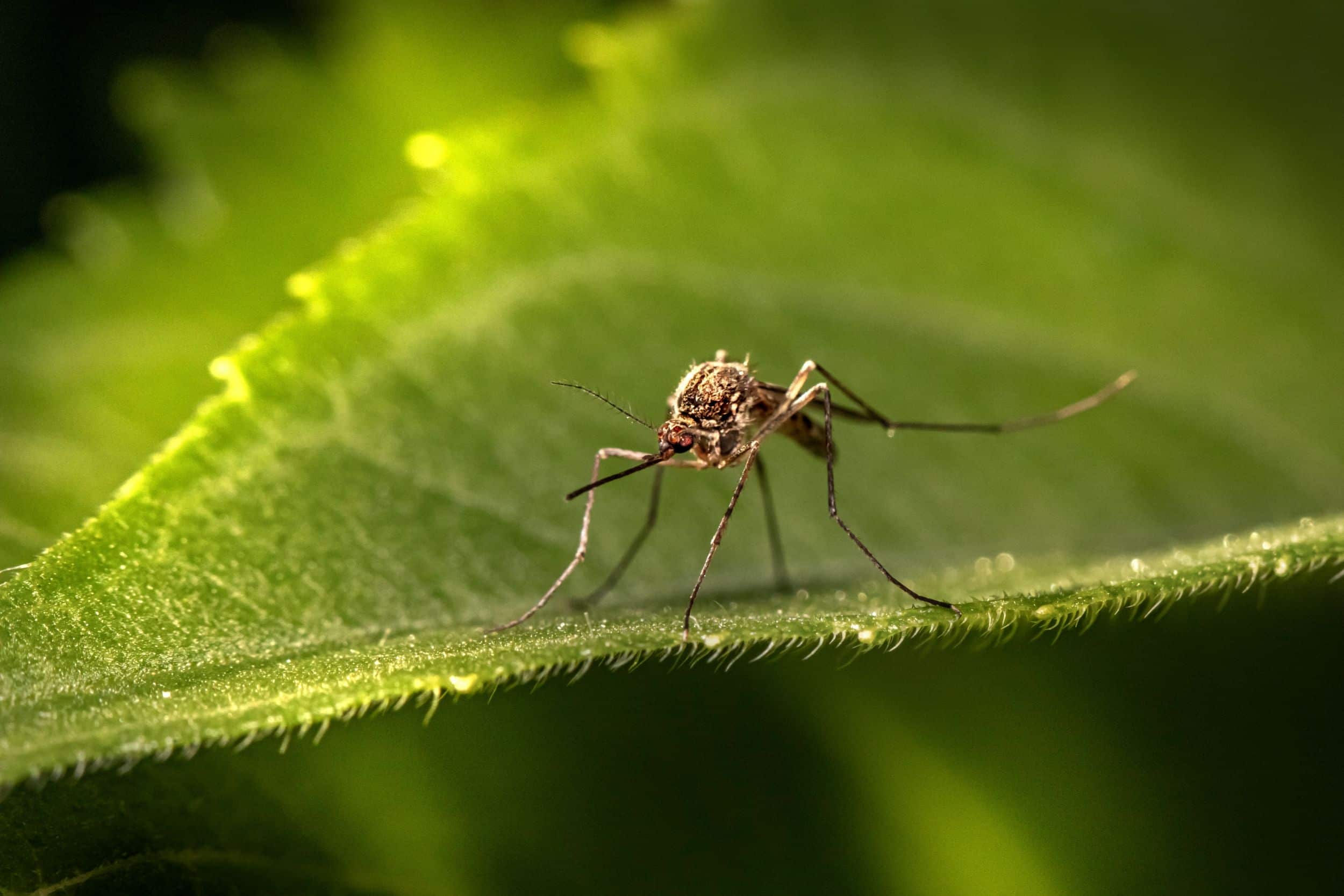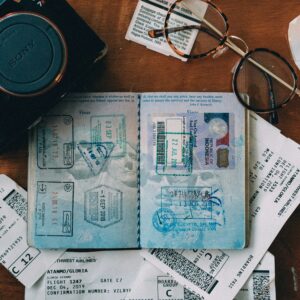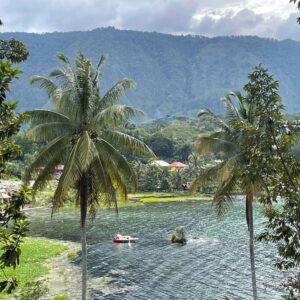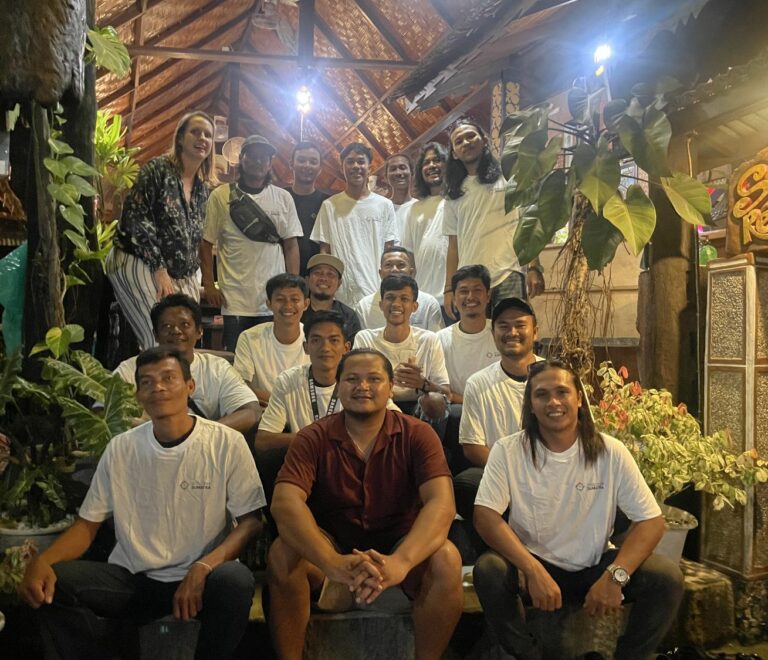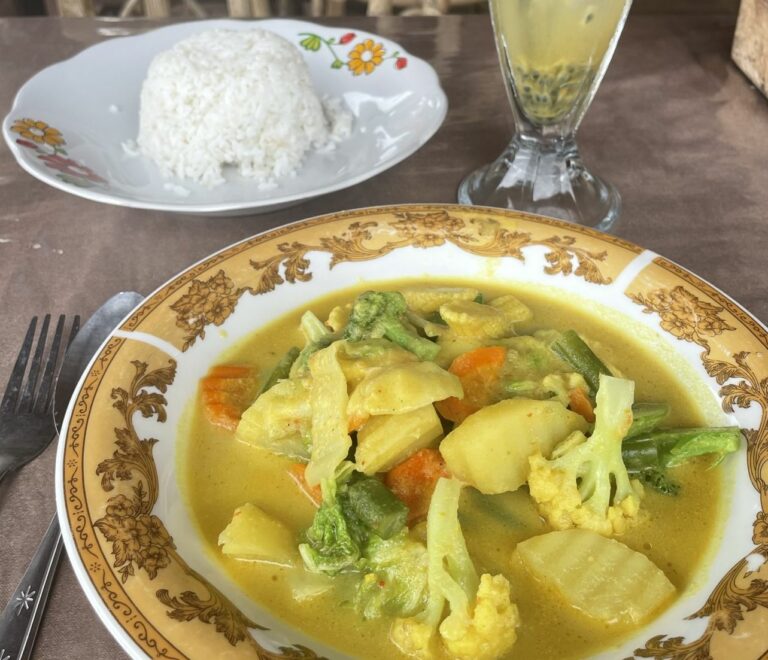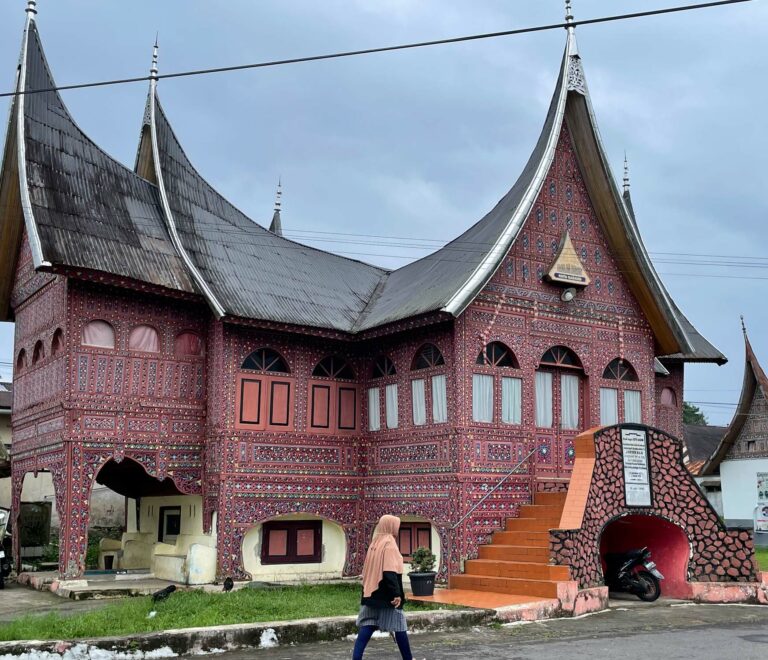Sumatra is a paradise for adventure travelers, with its lush rainforests, diverse wildlife, and breathtaking landscapes. However, like many tropical destinations, it is home to mosquito-borne diseases such as malaria and dengue fever. While the risk of contracting these illnesses is relatively low, it’s essential to be informed and prepared before your trip.
Dengue and Malaria in Sumatra
ToggleMalaria in Sumatra
Malaria is caused by Plasmodium parasites, which are transmitted through the bite of infected Anopheles mosquitoes. In Sumatra, malaria has a low risk and is mainly found in rural areas rather than in cities or popular tourist spots. See Malaria Map for Sumatra
Symptoms of Malaria
Malaria symptoms usually appear 7–30 days after being bitten and include: High fever, chills and sweating, headache, muscle aches, fatigue, nausea and vomiting.
What to Do If You Get Malaria
If you experience symptoms during or after your trip, seek medical attention immediately. Malaria can be diagnosed with a simple blood test and treated with antimalarial medication. Prompt treatment is crucial to prevent complications.
Dengue Fever in Sumatra
Dengue fever is another mosquito-borne disease, caused by the dengue virus and transmitted by Aedes mosquitoes. These mosquitoes are most active during the day and thrive in urban and residential areas. Unlike malaria, dengue is more common in cities and villages rather than deep in the jungle.
Symptoms of Dengue Fever
Dengue symptoms typically develop 4–10 days after being bitten and include: High fever (often above 40°C/104°F), severe headaches, pain behind the eyes, joint and muscle pain, skin rash and mild bleeding (nosebleeds, gum bleeding, or easy bruising).
In severe cases, dengue can progress to dengue hemorrhagic fever, which can be life-threatening.
What to Do If You Get Dengue Fever
There is no specific treatment for dengue, but symptoms can be managed with rest, hydration, and pain relievers like paracetamol (avoid aspirin and ibuprofen, as they can increase bleeding risk). If symptoms worsen, such as persistent vomiting, severe abdominal pain, or difficulty breathing, seek medical help immediately.
How Common Are Dengue and Malaria in Sumatra?
The risk of contracting malaria or dengue in Sumatra is generally low, especially for travelers visiting well-trodden destinations such as Bukit Lawang, Lake Toba, or Berastagi. Malaria is mainly found in remote areas, while dengue fever is more common in urban environments but still occurs at a lower rate compared to other parts of Southeast Asia.
Prevention Tips for Travelers
To minimize your risk of mosquito bites and potential infection, follow these precautions:
- Use insect repellent containing DEET or picaridin.
- Wear long sleeves and pants, especially during early morning and late afternoon. See our packlist for Sumatra
- Sleep under a mosquito net in rural areas.
- Stay in accommodations with air conditioning or screened windows.
Health Insurance and Medical Care in Sumatra
While Sumatra has hospitals and clinics in major cities such as Medan and Padang, healthcare facilities in rural areas can be limited. In case of serious illness, it is advisable to have travel insurance that covers medical evacuation to nearby countries with more advanced healthcare facilities, such as Singapore or Malaysia.
Final Thoughts
Malaria and dengue fever should not deter you from experiencing the wonders of Sumatra. With proper precautions and awareness, the risk remains minimal. Enjoy your adventure, stay informed, and travel safely!
For more travel tips and information about exploring Sumatra, feel free to contact us at Discover Sumatra!
Photo: Erik Karits on Unsplash

